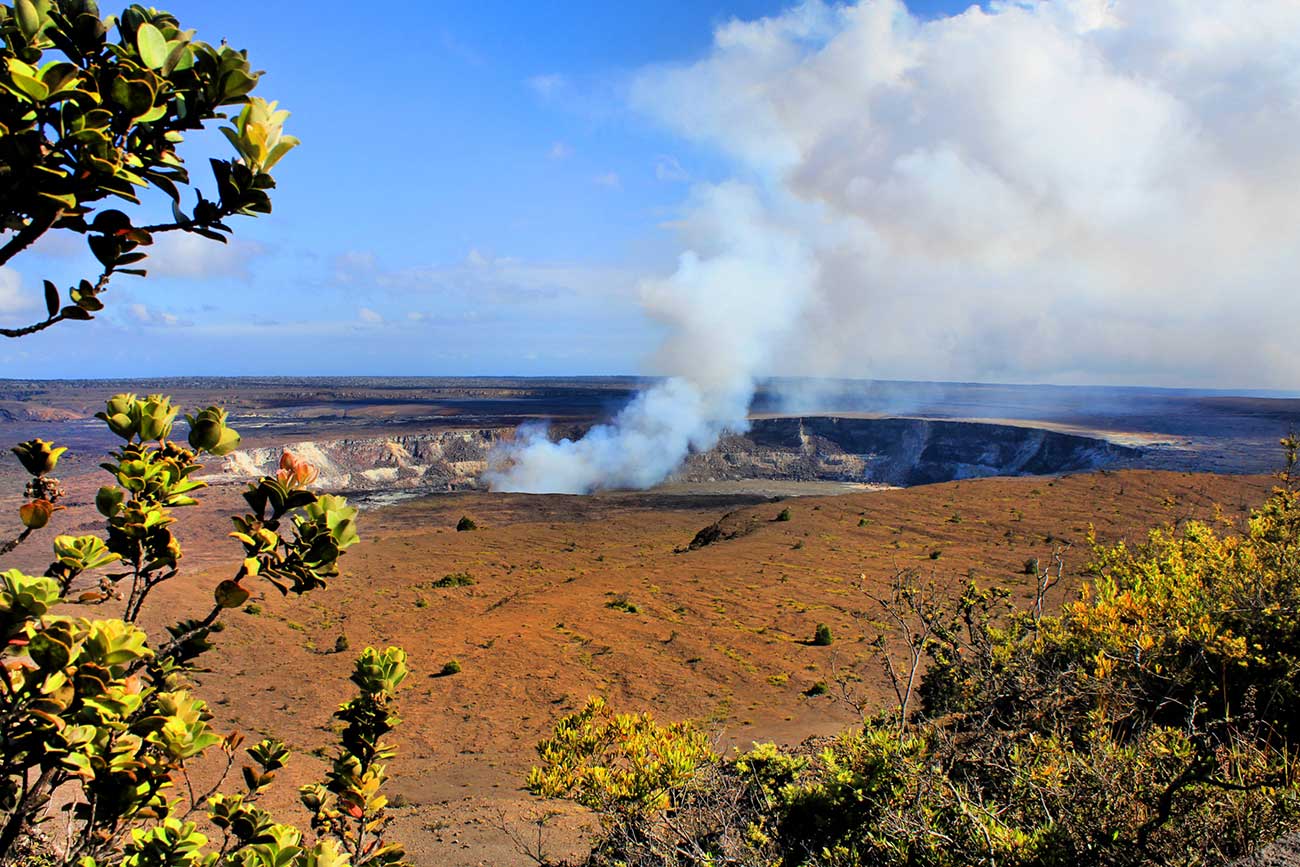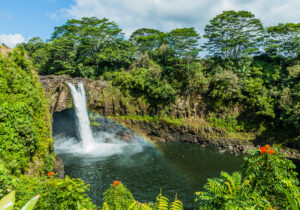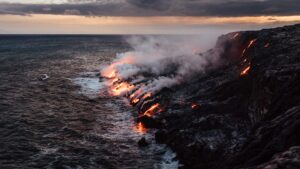Megan Shute for Only In Your State on unknown historical facts of Hawaiʻi. Join us and our informative guides to sit back, relax in luxury and learn of the history and culture of the Big Island.
Hawaiʻi has an extremely intriguing history, from the tale of how the islands were first settled, to the relationship between Hawaiʻi and the American government before it became a state in 1959. Here are 14 facts you might not have known about the history of Hawaiʻi. We’ve rounded up 14 of the least known Hawaiʻi history facts, so you can learn a little more about the background of these gorgeous islands!
1) The Big Island is the youngest of the island chain – 800,000 years old – and also the first discovered by Polynesian settlers.
We can’t believe that the youngest of the islands is almost a million years old! Hawaiʻi history is so fascinating.
2) According to the Hawaiʻi state constitution, any island not named as belonging to a county therefore belongs to Honolulu. This makes Honolulu the largest city in the world – stretching approximately 1,500 miles, about halfway across the 48 mainland states
3) In 1893, Queen Liliuokalani attempted to create a new constitution claiming more authority for native Hawaiʻians, but the white leaders who occupied the Honolulu government office overthrew the monarchy.
The facts about Hawaiʻian history are important to understand and remember.
4) The Hawaiʻian Islands were settled by Polynesians more than 1,000 years ago, but were unknown to Europeans until the late 1700s.
They had seven hundred years to make their islands home before the Europeans arrived.
5) In 1778, when British captain James Cook visited Hawaiʻi, he nicknamed the islands the “Sandwich Islands,” after the Earl of Sandwich. Pictured is the Captain Cook monument in Kealakekua Bay.
Even though the islands already had beautiful names.
6) Before the arrival of Captain Cook, the Hawaiʻian language was strictly spoken. Missionaries taught the natives how to read so that they could communicate the lessons of the Bible.
The Hawaiʻian language being a spoken language only is not rare; there are many languages that are only spoken. In fact, an estimated 3,500 out of 7,000 languages are estimated to have no written counterpart.
7) Speaking of the Hawaiʻian language, it was banned in 1898 when Hawaiʻi became a U.S. territory, and wasn’t resurrected as the official language until 1978.
There was almost one hundred years lost of learning and understanding this language.
8) Hawaiʻi was named after the proto-Polynesian word “hawaiki,” which translates roughly to “place of the gods,” or simply, “homeland.”
And a beautiful homeland it is!
9) The mosquito was first introduced to Hawaiʻi in 1872 after being transported to the islands via a merchant ship. They brought with them new diseases like malaria and the plague.
This is definitely not one of our favorite facts about Hawaiʻian history.
10) The United States Air Force and Navy once used the small island of Kaho’olawe –which spans just 45 square miles – as a target. No one is allowed to go ashore without permission, as the services are still cleaning up unexploded shells.
Some of the facts about Hawaiʻi can be absolutely heartbreaking.
11) The Hawaiʻian flag includes eight horizontal stripes, to honor the eight main islands of the chain. You will also find, in the top left corner, a small version of Britain’s flag, honoring captain George Vancouver, who gave Hawaiʻi its first flag in 1794.
Hawaiʻi history is rich and varied, and worth learning more about.
12) In the 1960s, astronauts trained for voyages to the moon by walking in the hardened lava fields of Mauna Loa, which closely resembles the surface of the moon.
What a fascinating fact about Hawaiʻi! Lava fields are such an interesting geological feature.
13) One of the earliest cases of AIDS recorded in the country was in Hawaiʻi. In May of 1978, a 50-year-old Asian woman was diagnosed with the disease and died just months later, in August.
14) The oldest Catholic Church in continuous use in the United States is the Catholic Cathedral of Our Lady of Peace, located in Honolulu and built in 1843.
The building itself is beautiful, and an interesting fact about Hawaiʻian history.





